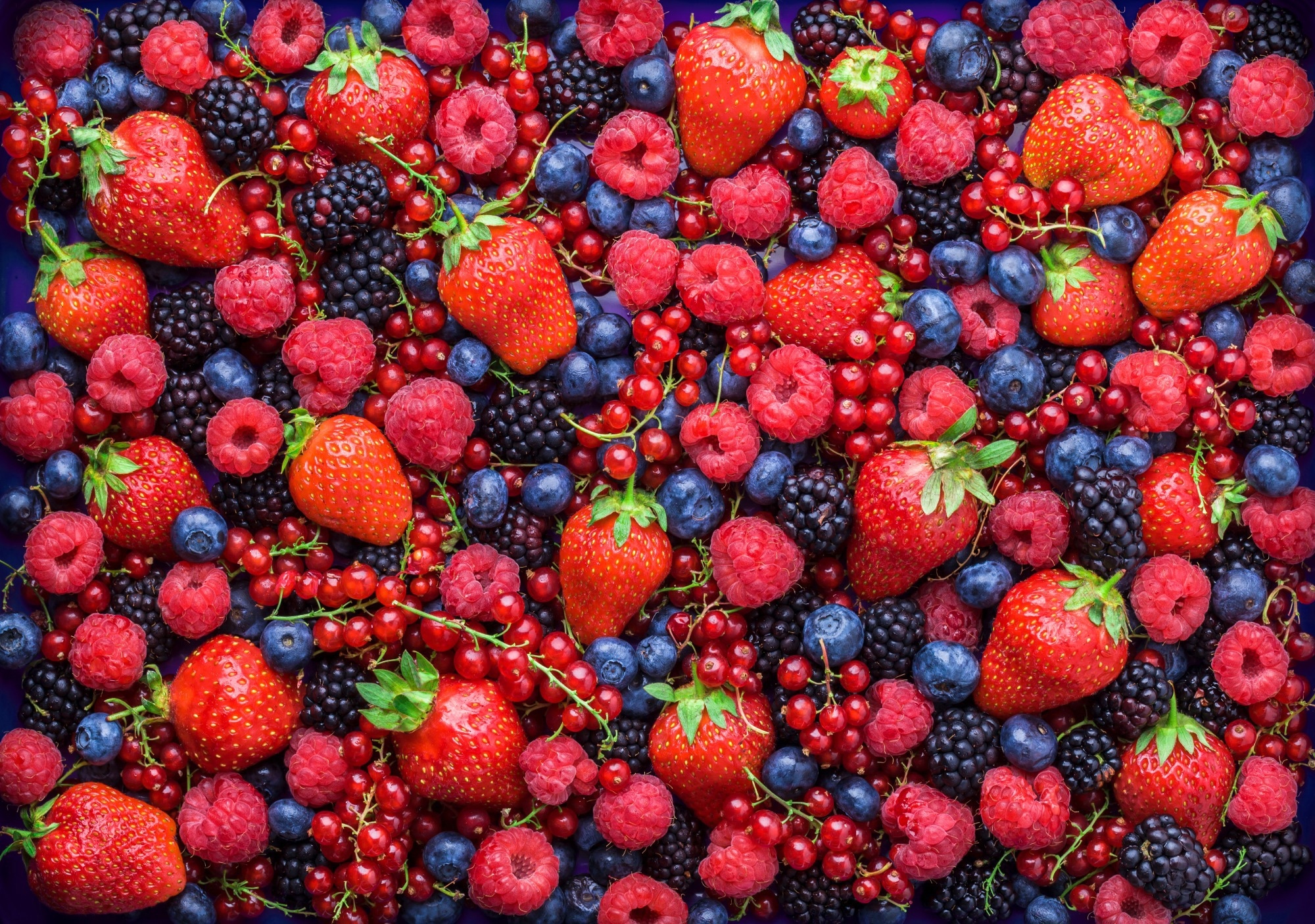In a recent study published in the Journal Nutrients, researchers investigated the association between berry consumption and physiological dysregulation from stress responses measured by allostatic load (AL) scores using publicly available data from the National Health and Nutrition Examination Survey (NHANES) conducted among adult population in the United States (US) during 2003–2010.
Study: Berry Consumption in Relation to Allostatic Load in US Adults: The National Health and Nutrition Examination Survey, 2003–2010. Image Credit: Bojsha/Shutterstock.com
Background
AL multisystem measurement framework uses 14 biomarkers of multiple physiological systems, including the cardiovascular, autonomic, metabolic, and immune systems, to measure the severity of physiological dysregulation due to incremental effects of stress overall and in specific systems.
A higher AL score, calculated by summing the risk indicators for each biomarker within each domain, indicates more dysregulation due to stress, which may manifest as debilitating stress-related health conditions, such as physical and cognitive decline, mental disorders (e.g., depression), diabetes, cardiovascular diseases (CVDs), cancer, and even mortality.
The high levels of specific polyphenols and other nutrients in berry fruits have garnered the attention of researchers because they protect against inflammation and cardiometabolic diseases due to their potent antioxidant properties.
Raspberries and blackberries have the highest levels of polyphenol ellagic acid, whereas strawberries have high levels of anthocyanins.
Study methodology
In this study, researchers hypothesized that more berry consumption would lower AL scores.
They collected data from US adults enrolled in the 2003–2010 NHANES, including their demographic, dietary, and medical information via at-home interviews, mobile examination center (MEC) visits, and phone interviews.
Trained staff then measured their total berry intake using two 24-hour dietary recalls.
People consume berries often as mixed and processed foods. So, the team used an algorithm to identify berry intake from food records, and those consuming at least one cup of equivalent berry or berry subtype fruits (strawberries and blueberries) in a food recall were considered berry consumers.
The researchers used population weight-adjusted multivariable linear regression models to evaluate the effect of berry intake on AL composite scores and biomarkers.
These models adjusted for potential confounders, such as age, dietary and sociodemographic, and lifestyle factors.
Results
Of 15,620 US adults who completed two 24-hour recalls, only 7,684 individuals attended a morning examination and provided complete information on the AL biomarkers.
From these, ~19.3% of adults (n=1485), of which 61.9% were females, were berry consumers.
Berry consumers, i.e., those who ate strawberries, blueberries, or any berries, had significantly lower mean AL composite scores than non-consumers.
The relationship between greater berry intake and lower average AL composite scores was dose-dependent (p-trend< 0.05) and remained robust after adjusting for all confounders.
Compared to non-users, berry consumers had lower levels of biomarkers in each AL domain. Accordingly, the mean cardiovascular and metabolic domain scores for total berry consumers were 4.73 and 2.97 vs. 4.97 and 3.1 for non-consumers.
Compared to non-users, cardiovascular and metabolic domain scores for strawberry and blueberry consumers were 4.73 vs. 4.95; 2.99 vs. 3.1; 4.6 vs. 4.95; 2.92 vs. 3.11, respectively.
Berry consumers also had markedly lower average AL immune and autonomic scores (1.52 vs. 1.56) and (2.49 vs. 2.57), respectively, relative to non-consumers.
However, this slightly varied with the berry type consumed. So, while Blackberry consumers had markedly lower mean autonomic scores than non-consumers, no difference was noted for total berry consumers.
Additionally, blackberry consumers had lower triglycerides and C-reactive protein (CRP) levels, while cranberry juice consumers had lower pulse rates and fewer white blood cells.
Furthermore, consumers of blueberries, strawberries, and raspberries had lower fasting glucose, fasting insulin, triglycerides, and homeostatic model assessment for insulin resistance (HOMA-IR) than non-consumers.
Conclusions
The present study findings suggest that consumption of berries is associated with lower AL composite and domain scores and may potentially reduce stress-related physiological dysregulations and prevent cardiovascular and metabolic disorders in the US adult population.
Consistent with previous studies, these findings may be attributable to the protective effects of flavonoids, polyphenols, and other components in berries that act against multisystemic dysregulations.
In particular, polyphenols interact with gut microbiota through the gut–brain–axis signaling pathway fostering resilience to stress-induced physiological dysregulation.
Likewise, anthocyanins, a type of flavonoid, have a beneficial effect on cardiometabolic factors. Furthermore, whole berries have abundant dietary fibers that decrease glucose absorption.
Future research should further validate these results using different assessment methods in different population cohorts.
Journal reference:
Zhang, L., Muscat, J. E., Chinchilli, V. M., M., P., & Richie, J. P. (2023). Berry Consumption in Relation to Allostatic Load in US Adults: The National Health and Nutrition Examination Survey, 2003–2010. Nutrients, 16(3), 403. doi: https://doi.org/10.3390/nu16030403.https://www.mdpi.com/2072-6643/16/3/403
Credit: Source link




